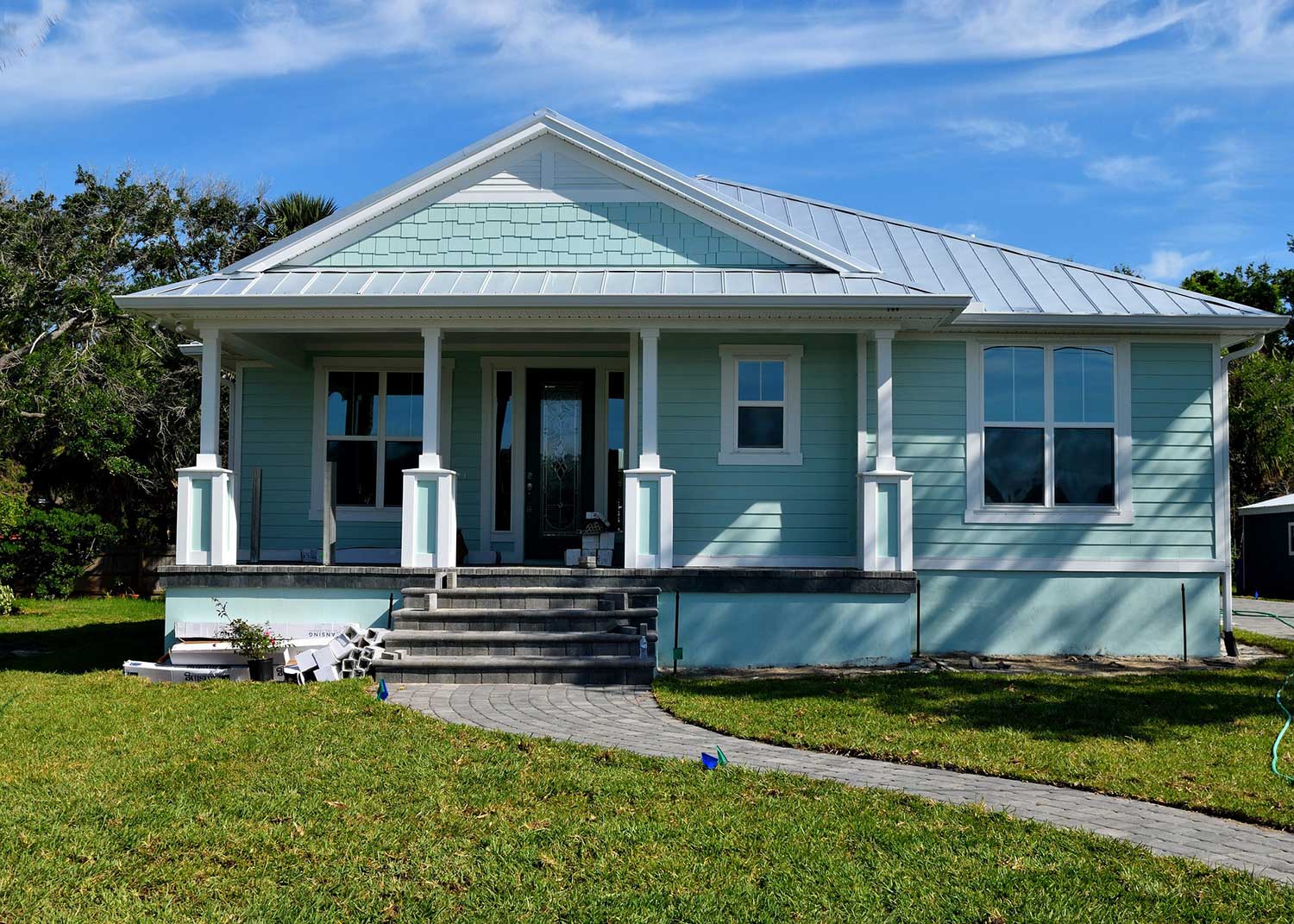My current furnace is nearly thirty years old.
While I’m impressed with its lengthy lifespan, I think it’s time to replace it.
The system continues to operate but performance is gradually decreasing. I’ve seen a steady rise in the cost of my utility bills. When the system was brand new, it only provided an 85% AFUE rating. Efficiency has certainly diminished over the years. There are models on the current market that offer 98% AFUE rating. I know that updating to a high-efficiency furnace would provide considerable savings on my monthly expenses. This would help to recover the investment while also reducing our carbon footprint. My older furnace is a single stage model. It is only capable of operating at maximum speed. When the temperature in the home drops below the thermostat setting, the furnace starts up and blasts at one hundred percent capacity. Once the temperature is raised to the desired level, the heating system entirely shuts down. This creates uneven temperature, creates complaints with insufficient humidity and puts a lot of wear and tear on the various components of the systems. Modern options include adaptable-speed technology that allows the system to adjust in tiny one percent increments. The furnace can operate anywhere from forty to one hundred percent capacity. It automatically adjusts to supply only the precise amount of heat necessary to maintain perfect and consistent indoor comfort. Running longer at lower speed uses less energy, better filters contaminants from the air and promotes greater reliability and longevity from the system. I’m also excited by the potential of zone control. I am hoping to replace the furnace this fall and enjoy a brand new system this coming winter.
